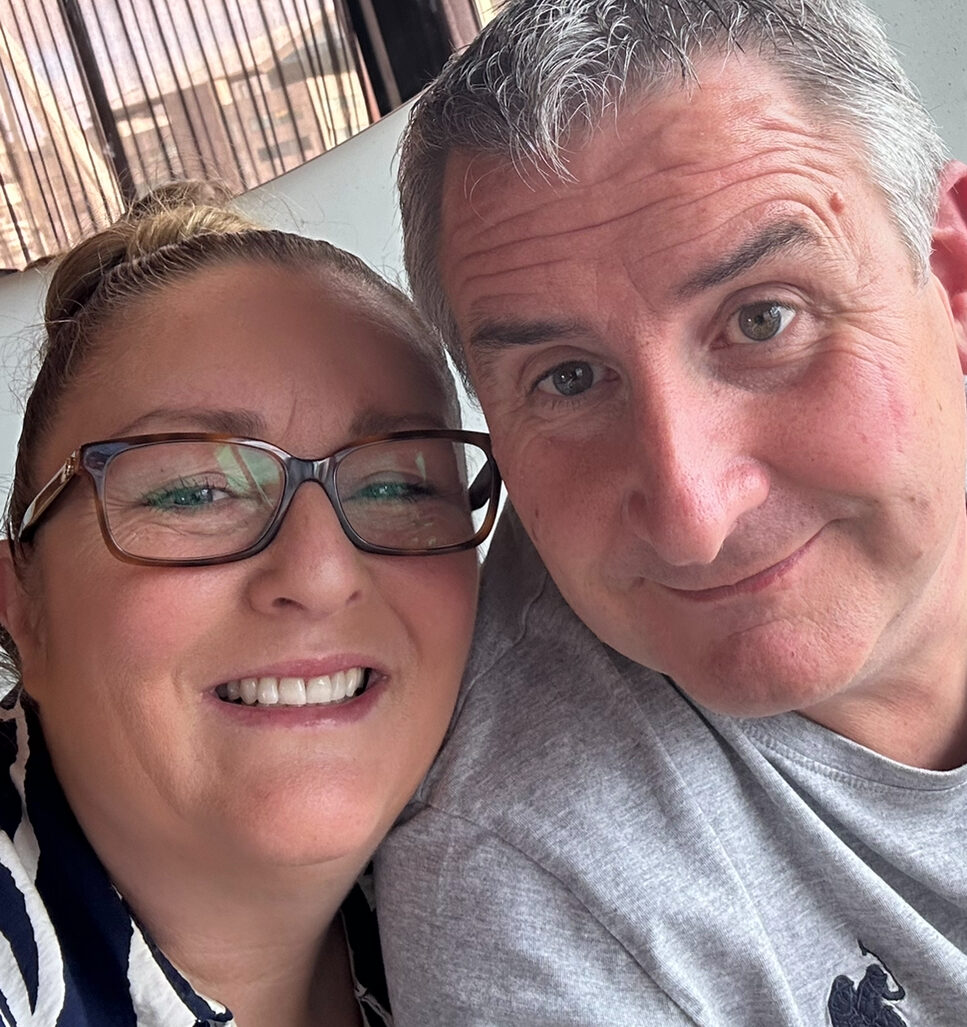It was February 24 2024, and I had overslept. My husband had joked the night before, “Let’s not waste tomorrow staying in bed. I’ve got the day off, let’s make the most of it!” But when I finally glanced at the clock, it was already 10:22. Oh no, I thought, he’s going to call me a lazy mare for sure. I could already hear his teasing voice in my head as I made my way downstairs, expecting a light-hearted jab as soon as I entered the kitchen.
But that moment never came. As soon as I walked in, everything went black.
The next thing I remember was a strange fog, thinking I was still in bed and hearing my husband’s voice, loud and urgent, telling me to wake up. I wanted just five more minutes of sleep, but something felt off. I was drifting, not realizing that I had collapsed in the kitchen. I later learned my eyes were open, but I was unresponsive.
My husband, panicked, called for an ambulance, but when they were told it would be a three-hour wait, he and my son carried me into the car and rushed me to A&E (the emergency department in the United Kingdom.)
I was taken straight into resuscitation. My veins had collapsed, and they couldn’t get any lines in. After a scan, they found the culprit—a pulmonary embolism blocking my lungs and putting a strain on my heart. I was admitted but treatment options were limited because of a brain bleed I’d had back in 2006. Thrombolysis wasn’t an option.
I spent just over a week in the hospital, and when I was finally discharged, they told me I’d need to take apixaban for life. My clots had been unprovoked, with no clear cause. Months later, a VQ scan showed that 50% of my lungs were covered in chronic clots. I’m still waiting for a right heart catheterization, unsure of when—or if—things will improve. Each day is harder, but I’m still here, taking each breath one at a time, hoping for answers.
Resources
How is a PE Diagnosed?
Signs and Symptoms
Facebook Support Group




